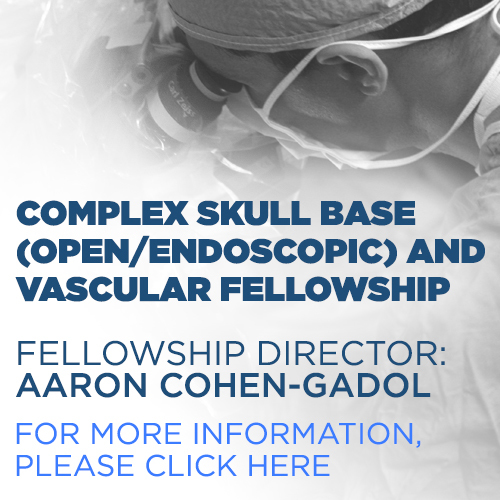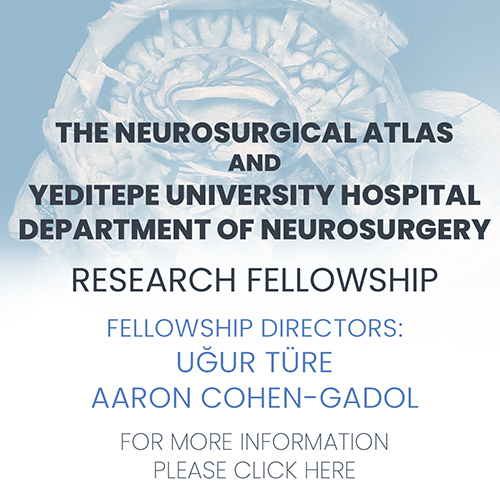Ependymoma
Figure 1: Axial and sagittal T2 (top row left and bottom row left) and sagittal T1 post-contrast fat-saturated (FS) images (top row right) demonstrate a centrally located enhancing lesion which expands the upper thoracic spinal cord. The non-enhancing region of T2 hyperintensity in the cranial aspect of the lesion likely represents a polar cyst (also known as a peritumoral or satellite cyst).
Clinical Features
- Age groups: Adults (3rd to 5th decades of life) > Children (exception: NF-2)
- Gender: M > F
- Presentation: Neck or back pain
- Associations: NF-2
Imaging
- General:
- Location:
- Cervical > Thoracic
- Central > Eccentric location within the cord (arises from ependymal lining of central canal)
- Appearance:
- On average 3.5 vertebral bodies in length
- Peritumoral or non-tumoral cysts more common than tumoral cysts
- Peritumoral/polar/satellite cysts: Form from egress of fluid from the tumor into the spinal canal. Are not part of tumor and commonly involute following resection of solid mass.
- Hemorrhage more common than with astrocytoma
- Location:
- Modality-Specific:
- Radiography:
- Can see scalloping of dorsal aspects of the vertebral bodies
- CT Myelography:
- Spinal cord not well evaluated. May see spinal cord swelling.
- MRI:
- T1: Isointense or hypointense.
- T1 + Contrast: Solid enhancement > heterogeneous enhancement
- T2: Hyperintense. May see peritumoral cysts with T2 hypointense “hemosiderin cap”
- STIR: Hyperintense
- DWI: Restricted diffusion
- Radiography:
Contributor: Jacob A. Eitel, MD
References
“A Pattern Approach to the Differential Diagnosis of Intramedullary Spinal Cord Lesions on MR Imaging" : American Journal of Roentgenology : Vol. 170, No. 6 (AJR).
Koeller, Kelly K., R. Scott Rosenblum, and Alan L. Morrison. “Neoplasms of the Spinal Cord and Filum Terminale: Radiologic-Pathologic Correlation.”RadioGraphics20, no. 6 (November 1, 2000): 1721–49.
Jeffrey S. Ross MD, and Kevin R. Moore MD. Diagnostic Imaging: Spine, 3e. 3 edition. Philadelphia: Elsevier, 2015.
Smith, Alice Boyd, Karl A. Soderlund, Elisabeth J. Rushing, and James G. Smirniotopolous. “Radiologic-Pathologic Correlation of Pediatric and Adolescent Spinal Neoplasms: Part 1, Intramedullary Spinal Neoplasms.” American Journal of Roentgenology 198, no. 1 (January 1, 2012): 34–43.
Please login to post a comment.












